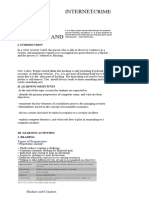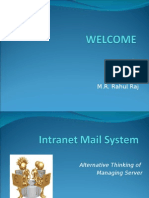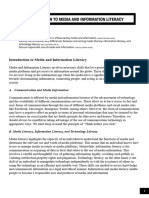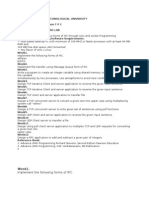0% found this document useful (0 votes)
5 views5 pagesUnit 4 Htcs
Personnel security practices are essential for mitigating human-related risks within organizations, focusing on access control, contractor management, employee clearances, and security training. Effective auditing and monitoring enhance security by evaluating the effectiveness of programs, investigating breaches, and ensuring compliance with privacy regulations. Key measures include role-based access, periodic reviews, and maintaining detailed logs to support accountability and transparency.
Uploaded by
ayush231225Copyright
© © All Rights Reserved
We take content rights seriously. If you suspect this is your content, claim it here.
Available Formats
Download as PDF, TXT or read online on Scribd
0% found this document useful (0 votes)
5 views5 pagesUnit 4 Htcs
Personnel security practices are essential for mitigating human-related risks within organizations, focusing on access control, contractor management, employee clearances, and security training. Effective auditing and monitoring enhance security by evaluating the effectiveness of programs, investigating breaches, and ensuring compliance with privacy regulations. Key measures include role-based access, periodic reviews, and maintaining detailed logs to support accountability and transparency.
Uploaded by
ayush231225Copyright
© © All Rights Reserved
We take content rights seriously. If you suspect this is your content, claim it here.
Available Formats
Download as PDF, TXT or read online on Scribd
/ 5









































































































